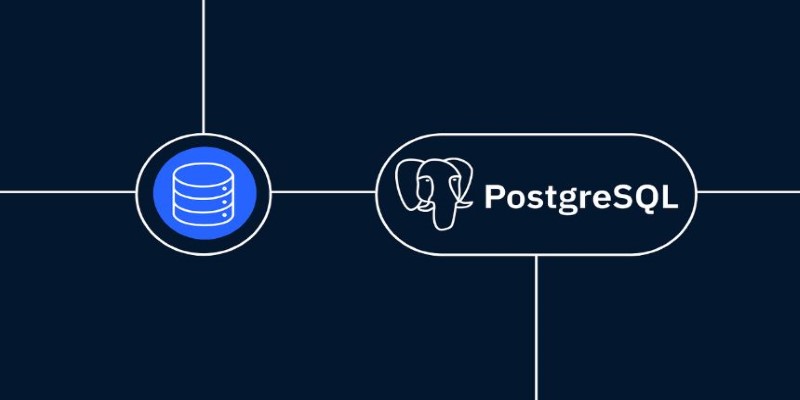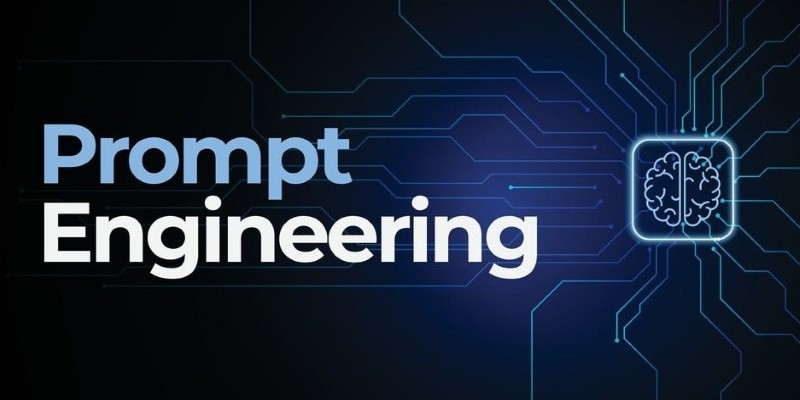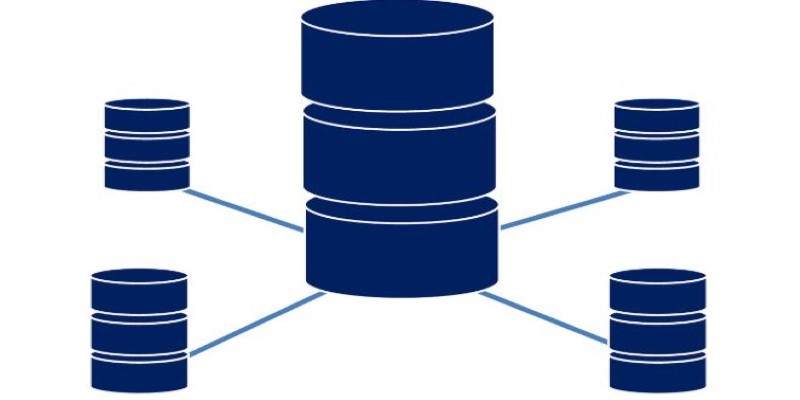Advertisement
Applications today often rely on remote databases to store and process information outside the machine where the application code runs. This separation improves scalability but introduces the challenge of communicating reliably across a network. PostgreSQL is one of the most popular open-source relational database systems, known for its reliability and rich features.
To communicate with it from your application, you use a Database API (DBAPI), which provides a standard interface between your code and the database. Knowing how to set up these connections, write effective queries, and keep them secure helps you build stable, responsive software.
A Database API acts as a bridge between your programming language and the PostgreSQL server. While PostgreSQL listens for SQL queries over TCP/IP and returns results, your code needs a way to send these commands properly and interpret the responses. That’s what a DBAPI does.

In Python, for example, the DBAPI standard (PEP 249) outlines how a compliant driver should behave. Popular implementations like psycopg2 and asyncpg follow this standard. In Java, the JDBC driver serves the same purpose. These drivers handle the details of connecting over a socket, converting data types, and formatting queries. You work with familiar objects like connections and cursors, while the DBAPI does the heavy lifting of communication under the hood.
When using a DBAPI with PostgreSQL, it's important to manage connections thoughtfully. Remote connections use server resources and can be dropped if idle for too long. Drivers usually offer ways to automatically open and close connections when needed, or you can use a connection pool to reuse existing sessions. This keeps communication with the database smooth without overwhelming it with too many open connections.
To connect to a remote PostgreSQL server, you need to tell your DBAPI where the server is and how to log in. This includes the host name or IP address, port (typically 5432), database name, username, and password. In Python with psycopg2, a typical connection might look like this:
import psycopg2
conn = psycopg2.connect(
host="db.example.net",
port=5432,
dbname="mydb",
user="dbuser",
password="securepass"
)
Here, the DBAPI creates a TCP session with the PostgreSQL server and begins a database session after verifying the credentials. The server applies rules from its pg_hba.conf file to decide whether the client is allowed to connect.
Since the data travels over a network, it’s good practice to enable SSL/TLS encryption. PostgreSQL supports encrypted sessions out of the box, and most DBAPIs let you pass SSL options when creating a connection. Encrypting the connection protects your queries, results, and passwords from interception.
Connection pooling improves efficiency by keeping a set of connections open for reuse instead of creating a fresh one for every request. Tools like sqlalchemy in Python or pgbouncer as an external proxy can manage pools, reduce overhead, and make better use of database resources.
Once connected, your application interacts with the database by sending SQL statements through the DBAPI. The driver provides a cursor object that handles query execution and keeps track of results. You can write queries, fetch rows, and iterate through results without worrying about low-level details.

To prevent SQL injection and improve efficiency, DBAPIs support parameterized queries. Instead of constructing a SQL string manually, you pass the query template and values separately, letting the driver handle the proper formatting. For example:
cursor.execute(
"SELECT * FROM accounts WHERE username = %s",
("alice",)
)
This approach keeps your queries safe and predictable.
For reading results, the cursor offers methods to fetch all rows, a specific number of rows, or one at a time. If your query returns a large result set, streaming rows one by one is more memory-efficient. Some drivers even support server-side cursors to avoid sending the entire result set across the network at once.
Since remote connections can fail unexpectedly or return errors, your code should handle exceptions raised by the DBAPI. Each implementation maps PostgreSQL errors to specific exceptions, making it easier to detect what went wrong and respond — whether that means retrying the query, reporting the error, or logging it for review.
Working with a remote database brings both security and performance challenges. Encrypting connections with SSL/TLS prevents unauthorized access to the data while in transit. PostgreSQL can also limit which IP addresses may connect and enforce strong authentication methods such as SCRAM-SHA-256 to protect credentials.
Performance depends on how efficiently you use network and server resources. Limit the number of open connections by using pooling, and keep queries simple and targeted. Only request the columns and rows you actually need, and filter data on the server to reduce the amount transferred.
Configuring sensible timeouts ensures your application won’t hang if the server becomes unresponsive. Adding retry logic for transient errors can improve resilience. Logging queries and monitoring both the DBAPI and PostgreSQL server can help you pinpoint bottlenecks or misbehaving queries. PostgreSQL offers tools like pg_stat_activity to show what each session is doing, which pairs well with DBAPI-level logs for a complete view of the system’s health.
By following these practices, you can maintain fast, reliable communication between your application and its remote PostgreSQL database.
Interacting with a remote PostgreSQL database using a DBAPI is a fundamental skill for modern application development. The DBAPI manages the technical details of connecting, sending queries, and receiving results, while you focus on writing meaningful SQL and handling the data. Managing connections wisely, encrypting traffic, and catching errors make your application more secure and dependable. Connection pooling and efficient queries keep response times low and reduce strain on the database. These steps help ensure your software performs well even when relying on a database that lives across a network. With careful use of the DBAPI, working with PostgreSQL remotely can be smooth and reliable.
Advertisement

How AI Policy @Hugging Face: Open ML Considerations in the EU AI Act sheds light on open-source responsibilities, developer rights, and the balance between regulation and innovation

Microsoft and Nvidia’s AI supercomputer partnership combines Azure and GPUs to speed model training, scale AI, and innovation

Compare AI, ML, DL, and Generative AI to understand their differences and applications in technology today

Not sure how to trust a language model? Learn how to evaluate LLMs for accuracy, reasoning, and task performance—without falling for the hype

Discover how AI in weather prediction boosts planning, safety, and decision-making across energy, farming, and disaster response

Domino Data Lab joins Nvidia and NetApp to make managing AI projects easier, faster, and more productive for businesses

Learn the top 5 strategies to implement AI at scale in 2025 and drive real business growth with more innovative technology.

Explore how AI is boosting cybersecurity with smarter threat detection and faster response to cyber attacks

Discover how observability and AIOps transform IT operations with real-time insights, automation, and smart analytics.

What prompt engineering is, why it matters, and how to write effective AI prompts to get clear, accurate, and useful responses from language models

Discover how an AI platform is transforming newborn eye screening by improving accuracy, reducing costs, and saving live

How interacting with remote databases works when using PostgreSQL and DBAPIs. Understand connection setup, query handling, security, and performance best practices for a smooth experience